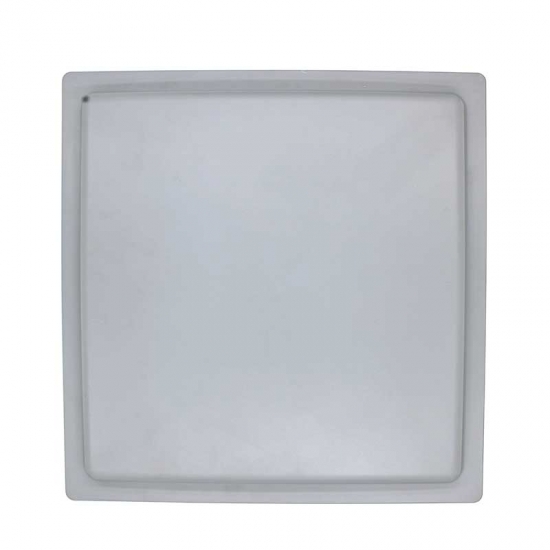Contactless credentials can be divided into two categories: soft credentials that include mobile phone apps transmitting data via BLE (Bluetooth Low Energy) or NFC (Near Field Communication), and hard credentials that typically include low-frequency (125 kHz) and high-frequency (13.56 MHz) passive RFID transponders. Security concerns are fostering interest in these sorts of credentialing. Consequently, OEMs and system integrators increasingly must understand subtle aspects of how to choose an appropriate RFID reader.
One concern is that readers be “future proof” or built to sustain technical advances and shifts in market forces. Additionally, customers have varied needs and requirements, particularly those who use contactless credentials. For example, a university will have different security needs than a federal office. Not only do the credentials differ but so, too, does the level of security.
For these reasons, a lot of contactless credentialing installations demand some of level of customization. Such efforts often involve changing or adjusting the output format, adapting hardware to read multiple technologies, and providing a means to update the reading technology after installation. Another common area of customization involves ensuring the system can accommodate future upgrades in security algorithms and data integrity checks, necessary because cryptosecurity methods are rapidly evolving.
The RFID integrated reader itself is typically just a small piece of the puzzle. Usually, the embedded product connects to a host that runs its application which interacts with a back-end system or database. Some instances require a matching of credential IDs that are already part of the end-user database or active directory. In systems where the host application cannot manipulate the reader data, the reader must be able to format its output to help match the credential ID stored in a database.

Here the reader typically provides power to the card via a wireless connection. Examples of RF technologies used in this area include NFC HCE (NFC Host Card Emulation, where an electronic appliance such as a smartphone behaves exactly as a contactless smart card), ordinary passive EM4x02 and Prox tags which operate at 125 kHz, and HITAG tags that also operate at 125 kHz but are memory based. The reader must be able to fully support all such transponders.
RFID readers must not only detect these varying card technologies but also read their data and interact with them. For example, a UID (unique identification number) may serve as a credential ID and in some instances. Memory-based transponders may store the credential ID in their memory. Here the reader must read not only the UID but also the memory segments of the transponder.
















 (86) 755-26546392
(86) 755-26546392

 online service
online service (86) 755-26546392
(86) 755-26546392